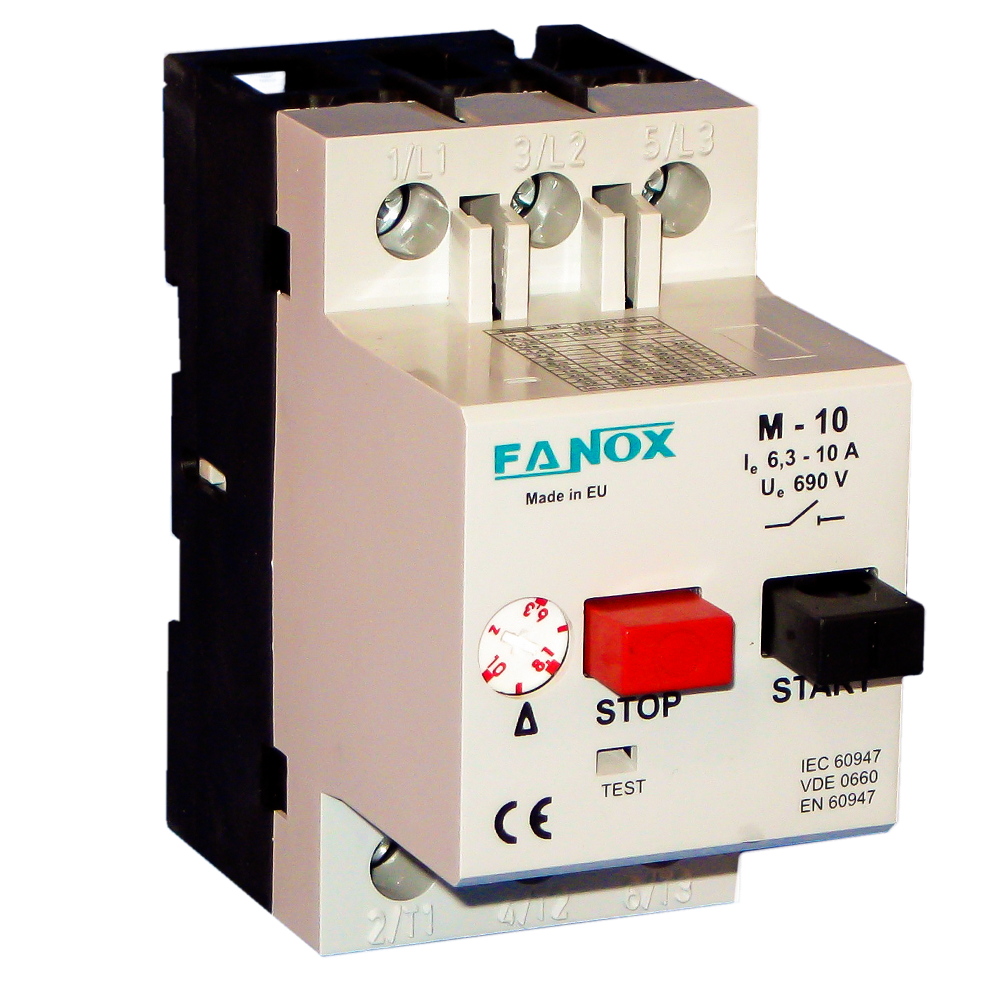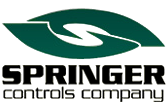 An electrical load’s distribution is known as its phase and can be described as a single-phase or 3-phase motor, depending on the number of supply phases. How each of these motors starts depends on different starting mechanisms, though all consist of a coiled startup winding, with certain motors featuring a capacitor. Understanding the differences between motor power supplies will help determine which best suits an application.
An electrical load’s distribution is known as its phase and can be described as a single-phase or 3-phase motor, depending on the number of supply phases. How each of these motors starts depends on different starting mechanisms, though all consist of a coiled startup winding, with certain motors featuring a capacitor. Understanding the differences between motor power supplies will help determine which best suits an application.
How Motors Start: Understanding the Differences
Starters are electrical devices similar to relays, whether a single-phase or 3-phase motor. Unlike relays, starters turn power to the motor on and off safely while providing overcurrent and low voltage protection. All motor starters have two main components: the electrical contactor and overload protection circuit. The contactor switches the motor’s line power on or off, while the overload protection circuit protects the motor from potential harm from overloads.
Motor starters function to:
- Protect the motor from overcurrent and low voltage.
- Reverse a motor’s direction.
- Safely start or stop a motor.
Understanding how these motors start also involves understanding the motor starters themselves.
Single-Phase Motor Starter
Single-phase motors are powered by single-phase power that turns electrical energy into mechanical energy. A single-phase motor’s wiring is either hot or neutral, with the circuit working through two wires. The current running through these two wires remains the same with only a single alternating current. Since most motor starters are built for 3-phase power, special wiring is needed to adapt these starters for single-phase power.
Single-phase motor’s main advantage is they can run on single-phase power which is readily available in most places.
Their disadvantages include:
- Can’t run heavy loads needed to run industrial equipment.
- Not enough torque initially for smaller (under a kilowatt) motors to start directly by utilizing a single-phase power supply.
- Requires additional circuitry – like a motor starter – to operate properly.
Used primarily in residential and commercial settings, single-phase motors are rarely used in industrial settings based on available power and torque requirements.
Applications include:
- Blowers
- Drills
- Garage door systems
- Power tools
- Residential and commercial HVAC
- Small farming implements
- Vacuum cleaners
- Washing machines
Nearly all domestic appliances in the United States utilize a single-phase power supply since single-phase power is readily available in most homes.
3-Phase Motor Starter
A 3-phase motor starter consists of an overload relay and contactor. When the coil on the contactors is energized, this creates an electromagnetic field that pulls the contacts closed and transmits line power to the motor. When the contactor coil is de-energized, springs force the contacts open, and line power is cut to the motor.
They offer the following advantages:
- Easier to manufacture and more economical.
- Easy to run larger loads.
- Higher overall efficiency when compared to single-phase motors.
- Preferred for industrial and commercial applications.
Their disadvantages include:
- Poor starting torque.
- Lagging power factor, especially when operating under light loads.
- Currents surge markedly when first starting.
Alternative Methods for Starting 3-Phase Motors
There are several other methods by which a 3-phase motor can be started. These differ somewhat depending on the type of 3-phase motor, the available voltage/current, and required motor torque. There are two types: the squirrel cage and the slip ring induction motor.
Along with standard motor starters, other starting methods for squirrel cage motors include:
- Autotransformer: Using an autotransformer reduces starting voltage needed, with the autotransformer’s tapings set, so it’s within the circuit. This applies 60-80 percent of the line voltage during starting, connecting it to full-line voltage once it reaches sufficient speed. The changeover switch connects to “start” and, once reaching 80 percent of rated speed, then switches to “run,” removing the autotransformer from the circuit. Used in motors of 25 horsepower or more, this method requires a low starting current and results in low power loss but significant torque loss.
- Stator resistance: This uses external resistance to connect each phase in series with the stator winding to cause the voltage to drop. This reduces the voltage across the motor’s terminals, reducing starting current. As the motor accelerates, this external resistance gradually decreases, with the resistance cut completely once the motor reaches its rated speed. However, this method reduces starting torque and wastes much power.
- Star-delta: This method requires that the stator winding in the motor connects to the star connection when starting and, once reaching sufficient speed, changes to a delta connection. The stator winding’s six leads connect to a changeover switch in the star, reducing the starting current. Once attaining 80 percent of rated speed, the switch changes to a delta connection with the stator windings. This method reduces starting torque significantly, so is only used for motors up to 25 horsepower.
Though their starting methods differ somewhat, the direct online, autotransformer, and stator resistance starting methods are the same for both squirrel cage and slip ring motor types. In addition to these three starting methods, slip ring motors also utilize a method called rotor resistance to start.
Rotor resistance utilizes variable resistance in a star connection, which is then connected with the rotor circuit through the slip rings, applying full voltage to stator windings. Once started, the rheostat sets to an “off” position, which brings maximum resistance in series with each of the rotor circuit’s phases. This reduces starting current while increasing starting torque due to resistance from the external rotor. As it accelerates, the motor’s external resistance gradually ebbs and, once reaching the rated speed, the handle moves to the “on” position.
Industries & Applications
Employed widely in the industrial sector, 3-phase motors are also the most commonly used in electrical grids worldwide as they transfer more power. A 3-phase motor is typically also utilized for applications requiring speed control. Other applications include:
- Compressors
- Conveyors
- Cranes and hoists
- Crushers
- Elevators
- Plunger pumps
For more information on single-phase or 3-phase motor starters, along with other electrical and industrial control systems, contact Springer Controls today.
